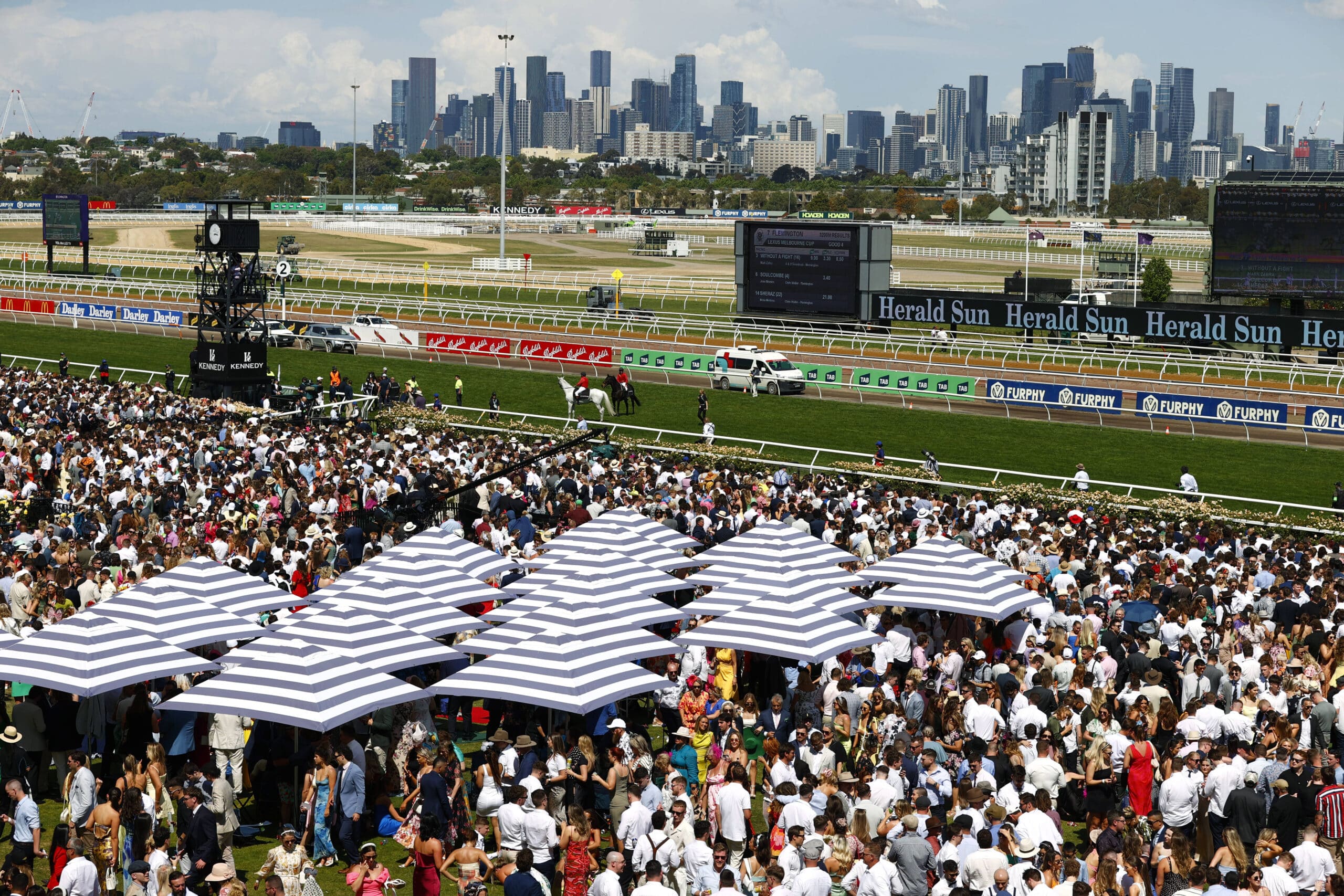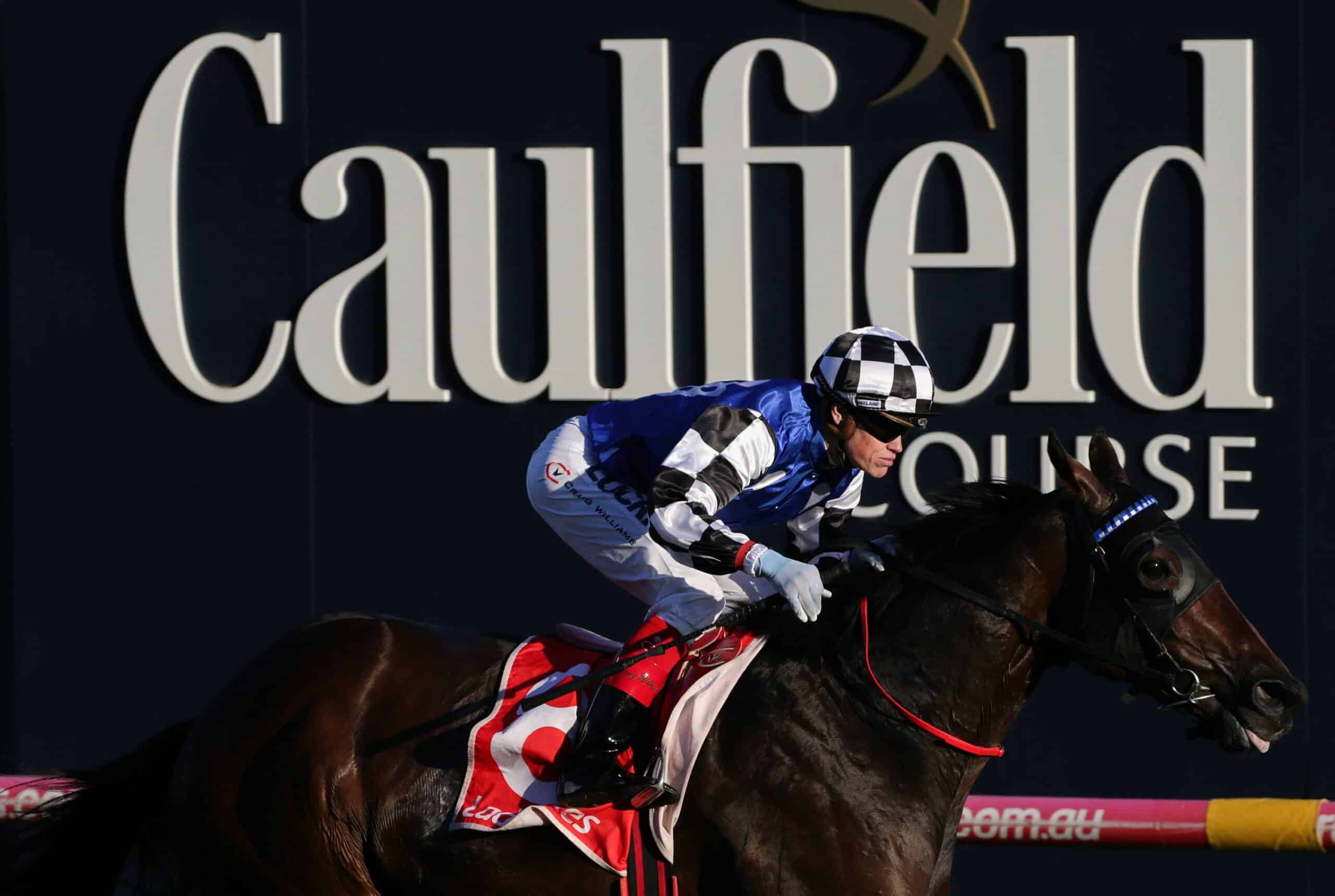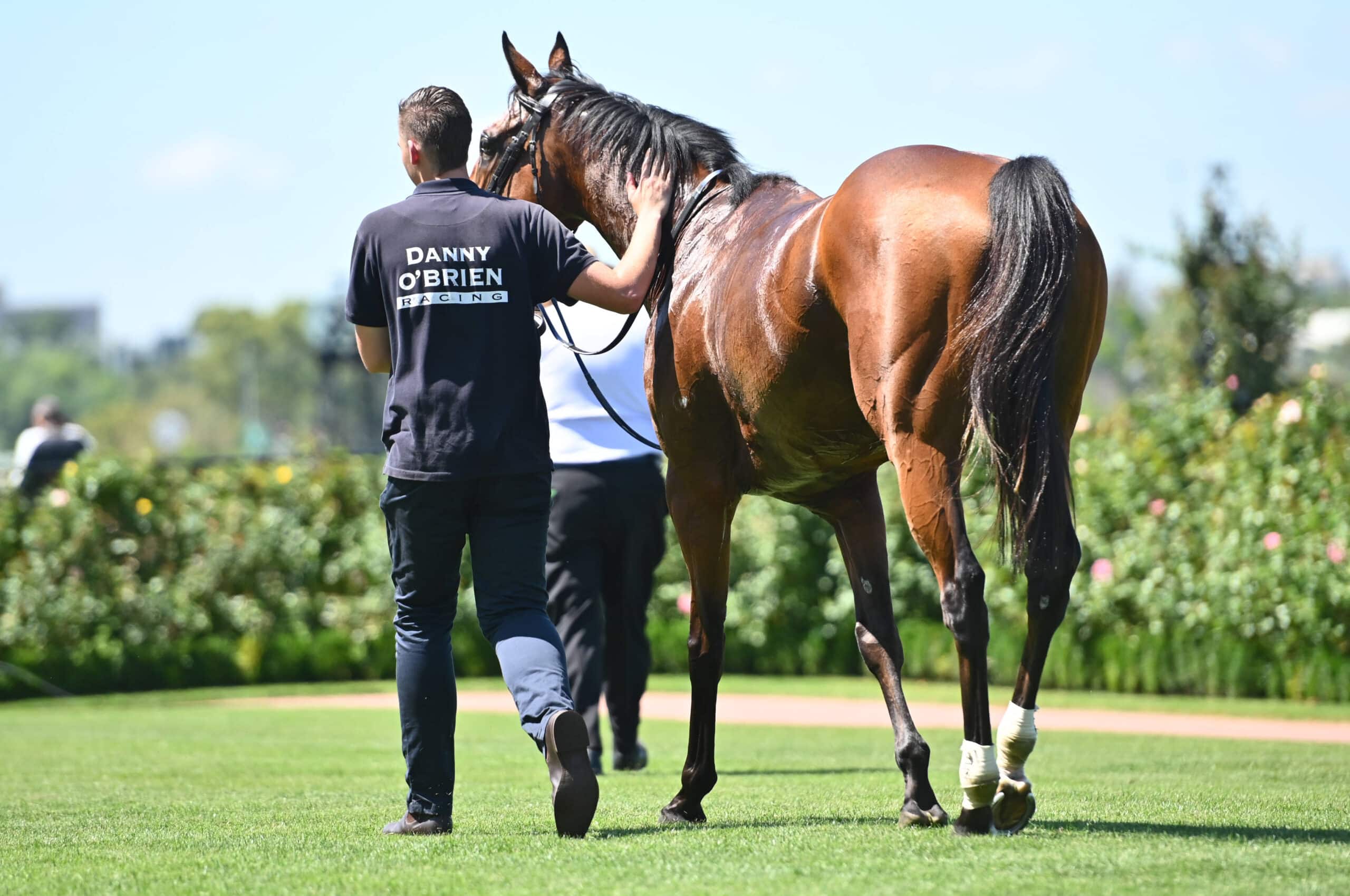For those who don’t believe that breeding plays a significant role in a Thoroughbred’s long-distance ability to win, think again. When breeders plan a specific mating, the key factors taken into consideration are:
Racing performance
Pedigree
Size and Shape – aka conformation
The horses that won the Melbourne Cup over the years all have long tracing pedigrees stemming from former race winners. It’s believed that these winning genes will be passed on from generation to generation.
It’s known in the breeding circles as breeding ‘the best to the best’, and it says it all. They take the horses with the best stats overall and mate them with each other, hoping that the winning gene pool will deliver its magic.
The analysis of pedigrees has become an art form with many theories that encompasses such practices. Every breeder will make it his or her life’s ambition to breed the ultimate racing thoroughbred. Some of the well-known methods used to identify potential matings are the X-Factor, Dosage, and Nicks. It’ll be interesting to test these theories after the winner at the Melbourne Cup 2020 speeds over the finish line.
X-Factor
Aptly named, this represents a Thoroughbred’s presence of ‘the large heart gene’ which is passed down through the X-chromosome in Thoroughbred families. A stallion can only pass the gene on to his daughters, and a colt can only inherit it from his dam.
A larger heart causes greater strength and stamina – both very desired qualities in horses bred specifically for the long-distance race at the Melbourne Cup. According to the specialists, the right way of telling whether a horse has this mysterious gene is through the presence of curly tipped ears.
One could argue that a large heart alone can’t be enough to create a winner – but if you look at the horses in history that are said to have this gene, it’s debatable.
- Secretariat
- Eclipse
- California Chrome
- American Pharaoh
Dosage
Numbers don’t lie in the context of this breeding theory. The founder of this theory, Dr Steve Roman, believes that the Dosage Index (DI) of potential matings is what creates winners. The DI of a Thoroughbred interprets pedigrees concerning inherited stamina and speed. Both are fundamental aspects for creating a potential winner for the Melbourne Cup 2020.
The math behind compiling the DI of a potential mating comprises of the following data:
Average Earnings Index (AEI)
It’s when total earnings of a sire’s progeny are measured against all other runners in the same age group in a specific country and year.
Comparative Index (CI)
It measures specific qualities in mares bred to a stallion with a high AEI. The stallion’s AEI needs to be higher than the mare’s CI.
Average Winning Distance(AWD)
This shows the horse’s pedigree for stamina vs speed, and is an essential factor in the mating process. This data is retrievable from the Online Stallion Register.
NICKS
Better explained, this theory is practised when mares born from a certain sire is given to mate with another chosen sire. Also referred to sire over damsire patterns, it’s rather easy to identify such matings. A well-known coupling using this theory is Fastnet Rock, who produced 24% stakes winners with mares from Galileo.
This specific breeding technique is not as common in modern-day breeding as most mares are from outside sources on today’s farms.
These are but three of the mating and breeding theories being used by successful breeders. Breeding is not an exact science, but science plays a significant role when choosing matings.
There’s a lot at stake, and man can not go on his gut feeling alone. A little bit of DNA testing goes a long way into producing that ultimate Thoroughbred for the Melbourne Cup.
Read more news about the Melbourne Cup.





